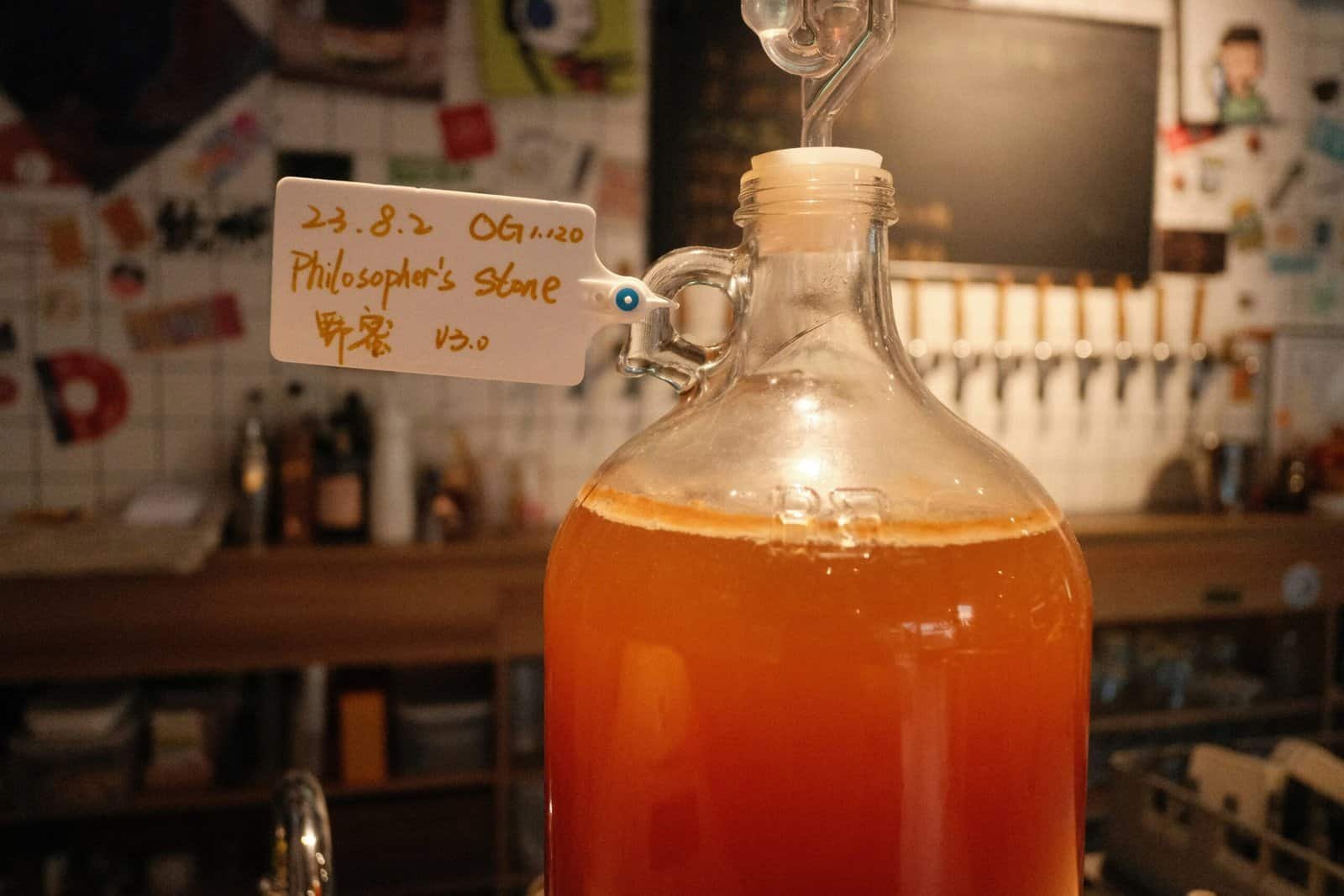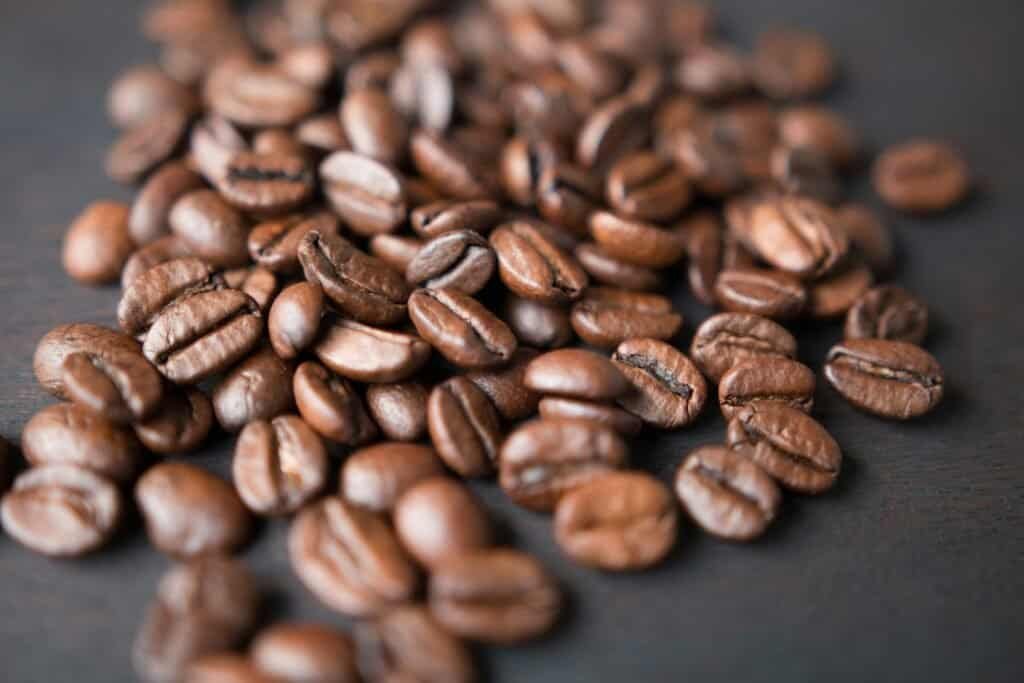Mead, an ancient alcoholic beverage made by fermenting honey with water, has recently experienced a renaissance among craft beverage enthusiasts. In fact, adding coffee to mead has introduced a modern twist to the traditional honey wine, creating a super tasty drink known as coffee mead. So we thought we’d pass this coffee trend on to you, our CoffeeOtter readers, and share our best coffee mead recipe so that you can go about making it for yourself at home!
In truth, the innovative concoction of coffee mead is all about helping to harness the bold flavors of coffee, and then mix it with the natural sweetness of honey, to create a unique and enjoyable drink.
The process of making coffee mead at home is fairly straightforward and similar to traditional mead-making—mixing honey, water, and coffee, then allowing the mixture to ferment. For those of you venturing into the world of mead-making for the first time, using quality ingredients is essential.
High-grade honey will impart a rich, complex sweetness while the choice of coffee can range from robust dark roasts to milder blends, depending on your desired flavor profile. The simplicity of the recipe allows for experimentation and personalization.
As coffee contains caffeine, coffee mead offers not just a delightful flavor experience but also a gentle energy lift. The balance between the sharpness of coffee and the smoothness of honey creates a harmonious blend that appeals to both coffee lovers and mead enthusiasts alike. Whether served chilled as a refreshing summer drink or savored in a cozy setting, coffee mead is a testament to the versatility and enduring popularity of mead.
Our Coffee Mead Recipe
Our coffee mead recipe merges the rich flavors of coffee with the sweetness of honey, creating a unique alcoholic beverage. let’s dive deep through selecting quality ingredients, preparing the must, managing the fermentation process, and ensuring flavorful aging.
Coffee Mead Recipe Step One – Selecting Ingredients
The quality of ingredients in coffee mead significantly affects its taste and alcohol content. For instance, you should select local, raw honey for its robust profile and natural yeast.
For the coffee, using cold brew concentrate made from freshly ground coffee beans provides a smoother flavor. Distilled water ensures purity and a high-quality yeast like wine or mead yeast is crucial. Optional ingredients like vanilla bean, fruits, or spices can be added to enhance the flavor, depending on your own coffee mead recipe preferences.
Coffee Mead Recipe Step Two – Preparing the Must
To prepare the must, dissolve the honey in warm water, creating a honey-water solution. The ratio often used is 1 pound of honey to 0.5 gallons of water. For a full gallon of must, this ratio changes to roughly 2.5 pounds of honey per gallon.
After combining the honey and water, mix in the cold-brew coffee. Ensure the must is well aerated; this can be done by shaking the fermenter vigorously. Afterwards, cool the must to room temperature before adding the yeast.
Coffee Mead Recipe Step Three -Fermentation Process
Once the must is prepared and cooled to the appropriate temperature, add the yeast. Some brewers also add yeast nutrient to aid in fermentation. Transfer the mixture to a fermenter and seal it with an airlock to allow gases to escape without letting contaminants in.
The primary fermentation usually takes around two weeks to a month. Your brewer should monitor the specific gravity (OG) to determine when to rack the mead to secondary fermentation, which allows the mead to clear and develop its flavor profile.
Coffee Mead Recipe Step Four – Flavoring and Aging
After the primary fermentation, additional flavoring agents, such as vanilla bean, cinnamon, or fruit, can be added during the secondary fermentation to infuse your desired flavors for your perfect coffee mead recipe.
Aging should take place in a consistent, cool environment. The aging process can last anywhere from a few months to over a year, depending on your preference for complexity and mellowing of flavors.
Finally, the mead should be bottled and can be enjoyed once it reaches the desired maturity, typically when it achieves a well-balanced harmony between the sweetness of honey and the boldness of coffee.
Finishing and Serving
Before indulging in the rich flavors of homemade coffee mead, it’s crucial to understand the final steps of bottling and carbonation, as well as serving suggestions to best enjoy the beverage.
Bottling and Carbonation
Once the coffee mead has completed fermentation, the mead should be transferred from the glass carboy into sanitized bottles. This can be done using a siphon to avoid disturbing the sediment at the bottom.
Back sweetening can be performed at this stage if desired; this involves adding additional honey to adjust the sweetness to taste, which can help to balance any harsh bitterness from the high-quality coffee used.
For those of you desiring carbonation, allowing the coffee mead to undergo a secondary fermentation in the bottle can create a sparkling effect similar to Champagne.
Adding a small amount of honey or sugar before sealing can encourage this process. The bottles should then be stored upright at a stable temperature to carbonate properly. Once the desired level of carbonation is achieved, the mead should be chilled before serving to enhance the refreshing qualities and subdue any residual sweetness.
Serving Suggestions
Coffee mead can be served in a number of ways, depending on the time of day and your personal preferences. For a simple and elegant experience, serve it chilled in a traditional mead glass to appreciate the full spectrum of coffee and honey flavors.
As a delightful pick-me-up, coffee mead can be used as the base for cocktails or even incorporated into desserts for an inventive twist.
If the mead is too strong or sweet, it can be diluted with a gallon of water or served over ice to mellow the alcohol content. When sharing, always ensure that homemade coffee mead is served in moderation due to its alcohol content and the potent effects of caffeine from the coffee infusion.
Have fun!
Looking for more coffee recipes or facts about how to brew something special?


